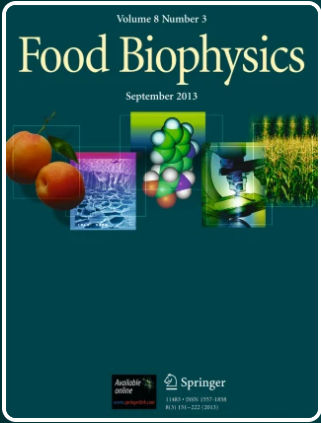The Role of the Hydroxy Group of Polysaccharides in Antioxidant Activity: A Case from Ginger Leaf Polysaccharide
Abstract
Polysaccharides, which is deemed safe and active, are widely used in medicine and food industries. Their antioxidant properties could be altered by chemically modifying their hydroxy groups. However, these modifications were inherently non-specific, leaving the contribution of hydroxy groups to the antioxidant activity of polysaccharides largely unexplored. We isolated and purified a ginger leaf polysaccharide (GLP1) and modified it. Sulfation resulted in numerous protrusions within its microstructure, while carboxymethylation increased the size of lamellar structures with protrusions, and hydroxyethylation diminished pore formation. Sulfation enhanced DPPH radical scavenging activity and reducing power but decreased hydroxyl radical scavenging activity. Carboxymethylation improved hydroxyl radical scavenging activity and reducing power but reduced DPPH radical scavenging activity. Hydroxyethylation resulted in a decrease in all measured antioxidant activities, while enhancing GLP1’s protection against H2O2-induced cellular damage. Oxidation of primary hydroxy groups decreased pore formation, while secondary hydroxy group oxidation increased lamellar. The oxidation of hydroxy groups enhanced GLP1’s antioxidant activity in vitro, with primary hydroxy group oxidation providing superior protection against cellular oxidative damage. Our findings may facilitate the development of highly effective polysaccharide products through targeted modifications of specific groups.


 求助内容:
求助内容: 应助结果提醒方式:
应助结果提醒方式:


